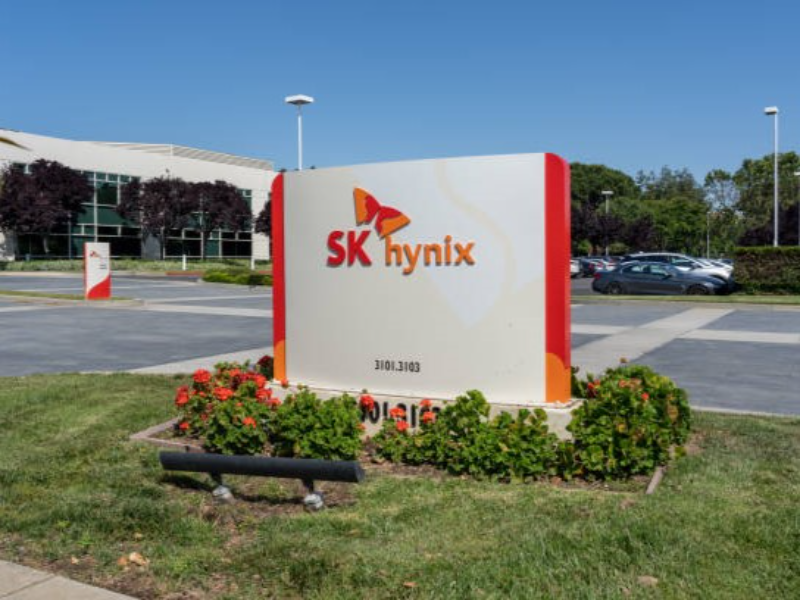- SK Hynix has started mass production of its latest HBM3E chips, boosting shares by over 9%.
- The new 12-layer chips, with 50% more capacity, position SK Hynix ahead of competitors like Samsung and Micron.
OUR TAKE
SK Hynix’s swift move into HBM3E production is a response to the booming AI market. Its leadership in high-bandwidth memory offers an edge, but ongoing competition from Samsung and Micron could quickly narrow the gap. The key challenge will be sustaining this lead and meeting growing AI demand.
–Jasmine Zhang, BTW reporter
What happened
SK Hynix, the second-largest memory chipmaker globally, saw its shares rise by over 9% after it announced the mass production of its advanced HBM3E chips. These 12-layer chips have a 50% higher capacity than previous models and are critical for processing the large volumes of data needed for AI applications.
The company, a key supplier to Nvidia, plans to supply its latest chips to customers by the end of the year. SK Hynix’s progress outpaced its competitors, Samsung and Micron, both of whom are also in the race to dominate the high-bandwidth memory market driven by AI demand.
Also read: SK Hynix’s next-gen DRAM chip sets new benchmark for energy efficiency
Also read: Nvidia supplier SK Hynix posts record profits on AI chip boom
Why it’s important
SK Hynix’s leap into mass production of HBM3E marks a pivotal moment in the AI-driven memory chip race. With AI models becoming more complex, demand for high-bandwidth memory is skyrocketing.
By leading the pack with 12-layer, high-capacity chips, SK Hynix positions itself as a crucial supplier in the AI hardware ecosystem. However, the competition remains fierce as rivals like Samsung and Micron ramp up their efforts to capture market share.
The real challenge will be maintaining this technological edge and scaling production to meet future AI demand growth, especially as AI hardware innovations continue to evolve.

